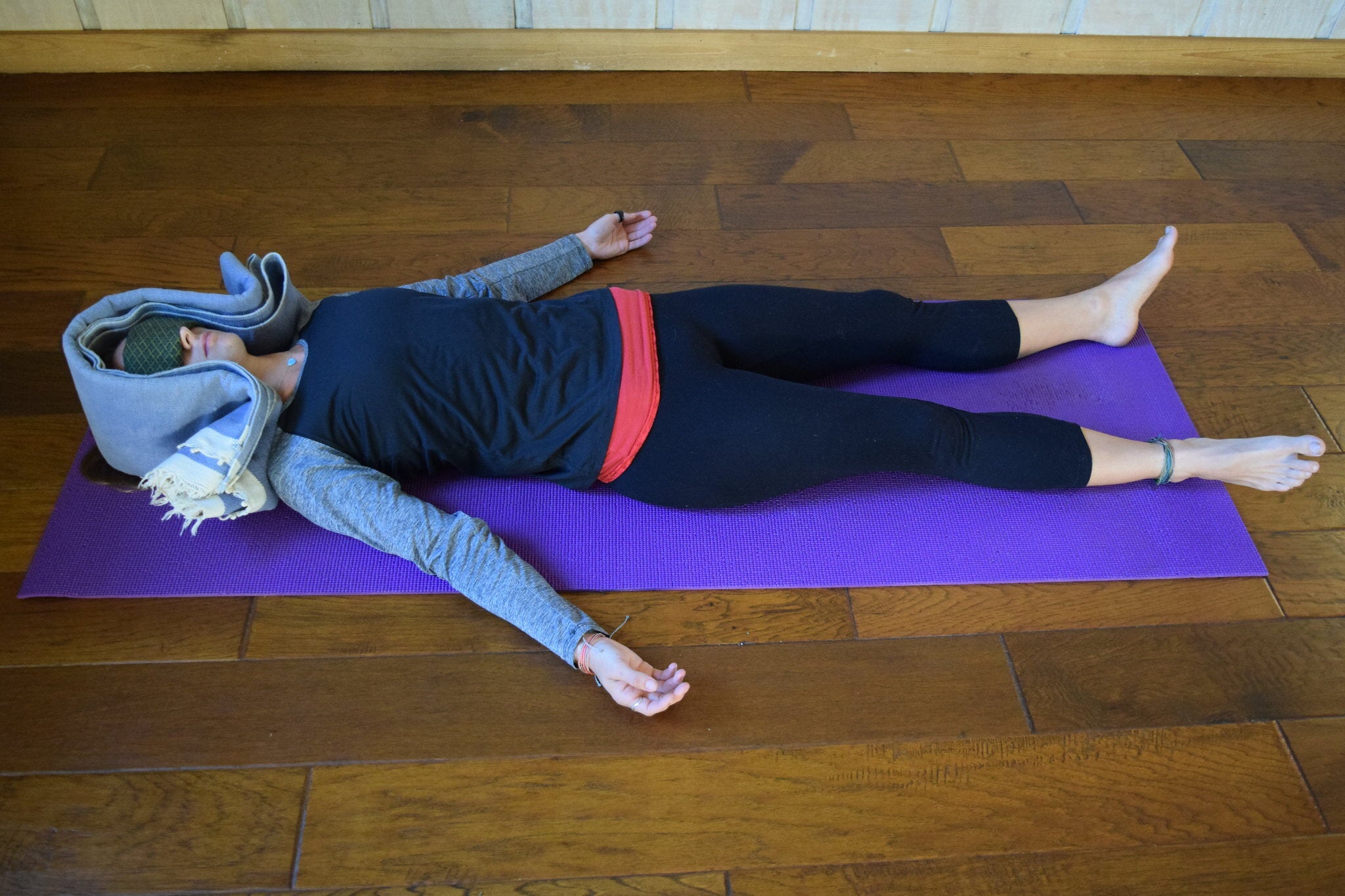
When it comes to the doshas, keeping vata balanced is the best thing you can do to support health in your body and mind, even if vata is not your primary dosha. Yet in this fast paced age of vata-aggravating electronics, high speed travel and doing too much, many people only know the experience excess vata dosha.
Vata is so important because its state of balance can affect the other two doshas, pitta and kapha. This has to do with vata’s primary responsibility: all movement in the body. Without vata, everything is stagnant – your heart doesn't beat and blood doesn’t move, the digestive process grinds to a halt. Even the movement of your eyes as you read this is governed by vata (though your eyes themselves are governed by pitta).
When vata is balanced, the movements of your body and mind are fluid, like a beautiful dance. You experience creativity, mental and physical flexibility and have the ability to see things from another person’s point of view, making you a great person to enjoy a pleasant conversation with.
Yet with too much vata, which often happens in the vata season, starting in autumn and running through mid-winter, it’s easy to find yourself with too much movement in your body and mind. This pushes the other two doshas out of balance, aggravating issues that otherwise might easily be corrected. Add to that the typical signs of vata imbalance – anxiety, sleeplessness, forgetfulness, emotional and physical hypersensitivity, painful gas and bloating, constipation, a cold body and fear – and you have a body and mind full of discomfort.
Vata dosha and modern living
One of the great downsides to our modern lifestyle is a constant aggravation of vata dosha. Excessive use of electronics, artificial heat, air conditioning and fans, constant fear-filled reports in the media and the emphasis on producing over self-care all amount to an imbalance in vata dosha in proportions that we have rarely seen in our history as a human race. Is it not an interesting coincidence that our rates of depression and anxiety, signs of vata imbalance, are also skyrocketing?
Luckily, you can be in control of your vata dosha – it does not have to be in control of you. Learn to soothe the rough edges of vata with these seven tips, all designed to calm vata and bring your whole being back into the well being you are meant to have.
Seven tips to calm vata dosha
-
Nurture vata dosha with warm, cooked food. The properties in the air and ethers elements that make up vata are light and dry. They are best grounded by foods with the opposite qualities. Warm, cooked food, with a balance of 60% augmenting foods (rice, sweet potatoes) to 40% extractive (greens, legumes), cooked with adequate oil and water are just what your body needs to stay in balance. Avoid foods that are dry, cold, crunchy or light – chips, smoothies, salads and popcorn – as these foods aggravate vata.
-
Practice regular abhyanga, self application of oil to the body. Vata dosha loves to be nurtured. The act of abhyanga, applying warm oil to your body, is a calming self-care practice that you can build into your dinacharya, daily routine. This practice is especially important during vata season, though it is wonderful all year long.
-
Find time for silence. Vata-dominant people are great conversationalists, so it stands to reason that one of the signs of vata imbalance is talking too much. Find time each day for silence, whether through meditation, journaling or just taking a silent walk in nature. Consider practicing silence for a couple of hours in the morning or a week each year to bring this talkative tendency back to its natural state.
-
Go back to doing one thing at a time. Many people are multitasking thinking it is a good idea. Eating while driving. Checking Facebook while out walking. Talking on the phone while cooking dinner. When your attention is split, internal and external movement increases, causing excess vata. Give each task the respect of your full attention and calm the constant “go, go, go.” You may find that your productivity actually goes up.
-
Keep a regular schedule. Vata’s light nature needs a daily routine to stay grounded. If your schedule for sleeping, eating and working changes every day, vata will quickly increase. Keep vata calm by having a regular schedule of eating and sleeping (and be sure to include time for self-care through abhyanga and meditation).
-
Pace yourself in asana. Vata-dominant people can be flexible in their muscles and joints, making Yoga asana an accessible form of exercise. But fast-paced classes with short holds (and music) push this natural flexibility to its limits and open the door to injury. Find a peaceful, quiet practice that allows you to hold poses for 20-25 breaths.
-
Keep it covered. As the weather turns chillier, stay covered in warm, heavy layers to soothe vata’s cold properties. It’s especially important to cover your head and the back of your neck when going outside – so dig out that hat and scarf you put away during pitta season. Want a great practice to try this vata season? Place a shawl or small blanket over the top of your head and ears in savasana and at night for warmth and to reduce mental activity.
As you are practicing these vata-balancing tips this autumn and winter, here’s a simple Ayurvedic treatment, called karnapurna, that soothes vata: Fill a dropper bottle with warm organic sesame oil and lie on your side. Place 1-2 droppers full of oil directly into your ear canal ( a friend can be helpful for easier application). Rest peacefully in silence for 20 minutes before placing a towel or tissue over your ear and gently sitting up, tilting your head to the side to let the oil flow out. Repeat on the other side.
